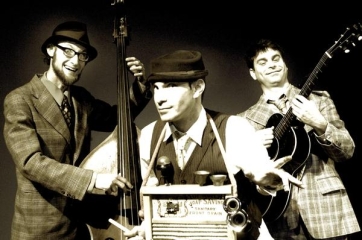
It was always interesting to me how varying generations perceive music differently. A well-written thesis or book has likely dissected this to pretentious hell already, so bear with me on this. There are too many intricacies involved to tackle this in a mere post, so I will touch upon it as concisely as I can. It is generally indisputable that a casual music fan can identify music from a specific decade as long as it abides by certain stereotypes. Certainly electronica and early bluegrass can find prevalent chronological differences based on the sophistication of their production alone, but differentiating between something like the power-pop of the ’70s and indie-rock of the ’00s is much trickier. To casual observers of music, it is not in the production or theory of the sound that arises these unavoidable comparisons, but rather what their impression of the particular decade was. One’s sociological surroundings and general upbringing has a larger influence on this than anything, with the more subtle components being the media’s role and how important that role appears to the individual. Now that commercial music is energized by bad cover versions and recycled genres, it has become increasingly difficult to separate the the present from the past. For the most part, it is like reliving past successes with all the cheesiness and without the exciting innovation. No wonder today’s music media is targeted largely at teens that know little more than what is put in front of them. The parents and older generations that have already heard it in a fresher, less manipulative, and more groundbreaking way years ago still have their vinyls, right?
Perhaps I am harsher of commercial music than I should be, but the pop music in mainstream America today seems to either directly imitate the boy-band craze of the ’90s or resort to re-workings of lost classics from decades ago. The lack of evolution from profitable pop artists of the ’90s to ’00s is alarming to me, and I am not even analyzing the quality of songwriting or production. That remains similar (poor to average). What surprises me is the hesitation to stylistically innovate or even incorporate in the mainstream media, an arguable reflection of longstanding political beliefs and rigid sociological systems. If there is one beneficial thing about all this dull consistency though, it is when an artist emerges and appears like a blast from the past without the pathetic indulgence of marketing potential. Like the artists of yesterday that continue to be imitated, both subtly and prevalently, they appear as a breath of fresh air. Only this time, it is amidst chaos that these older artists may not be familiar with. Like many others on this site, I believe The Wiyos to be one of them. And it is not just because they beautifully interpret a style that many associate with the past. Their ideology is one of tradition and old-fashioned integrity, two elements that integrate themselves into their music.
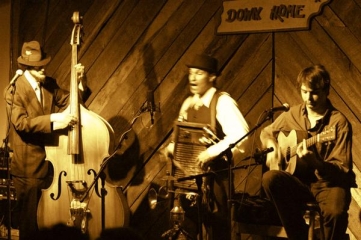
The four members in The Wiyos can be found enjoying silent films and playing instruments without an amplifier, all dressed in suits that expose little more than a nostalgic mystique. They look as if they just stepped out of Doc Brown’s time machine, enjoying the attempt to collaborate the past and present. In fact, they themselves clarify that anything from the early 20th century tickles their fancy, particularly the styles of music that grew and flourished in that era. Ragtime and piedmont blues, both noted for their melodically syncopated approach and historical importance, are their two prominent influences. Both relied on barren instrumentation and accompaniment, but both the passion of the performers and syncopated unpredictability of the rhythm and driving melodic soul led the types to extreme popularity during their heydays in the early and mid ’20s. Piedmont blues’ use of ragtime hardly makes it relevant in today’s realm of contrary rock ‘n’ roll and pop music, but Americana and rockabilly owe quite a debt to its rhythmic syncopation. This is perhaps why it would be so easy to group The Wiyos in with all the other Americana artists. Not so fast though. Unlike many contemporaries, the Brooklyn four-piece appear more authentic in their approach. Instead of tackling the genre in a song or two, they devote their craft to it, seeking to innovate and touch upon the past without imitating the legends of the past. It is an ideology that today’s artists could benefit from.
In addition to gaining a prominent fanbase by touring seven counties are crossing a supposed 400,000 miles throughout their five-year existence, The Wiyos have now released one of the most fascinating albums of the year in Broken Land Bell. Their fourth album shows The Wiyos did not name their band after a 19th century street gang for any old reason; they pack the same collaboratively brilliant punch as any successful working group of the past. The musicianship is astoundingly tight, steered by a stylistic direction that few, if any, of today’s bands can even attempt, nonetheless pull of successfully. While not the most technically startling piece on the album, “Promenade” is one of the more accessible efforts in exposing a style that many classify as “outdated”. To spice things up a bit, the boys integrate a barber-shop duet sort of feel with an array of accompanying instruments, specifically in the vein of harmonicas and brass. Banjos and upright bass stay on the conventional course, but all the instrumentation is highly impressive and even those not familiar with the genre should find themselves enthralled instantaneously by the nostalgic embrace with occasional reminders of contemporary placement. “Stomp” provides some great diversity in the rhythm section, particularly in the contrast between the bass’ support of solely a banjo and the entire assortment of instruments. The lull in the middle of the track allows the latter half to pack an even bigger punch, a build-up technique used in several of the songs on Broken Land Bell. Oh yeah, the incorporation of beat-boxing on this track and throughout the album is something special and entirely original. It is startling how many hooks it accounts for.
“Redbird” sits alone on the album as something contrary to the album’s general stylistic presentation, allowing a more fluid form of melancholic form of folk to emerge. The vocals are more subdued and the accompaniments more barren, but the emotional vulnerability is even heavier. When the acoustic guitar emerges in its brooding tone, The Wiyos’ emotional sincerity is even more thoroughly established. Most of The Wiyo’s most prominent influences were physically dead before they were born, but these guys do great justice in exposing an important style of music in a polished and contemporary form, prompting today’s listeners to expand their horizons and become acquainted with their favorite artists’ own influences.
——————————————————————————————
[audio:http://mineorecords.com/mp3/wiyos-pro.mp3]——————————————————————————————
[audio:http://mineorecords.com/mp3/wiyos-red.mp3]——————————————————————————————
[audio:http://mineorecords.com/mp3/wiyos-sto.mp3]——————————————————————————————


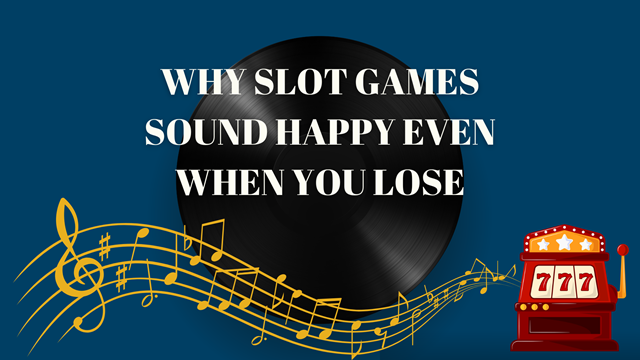
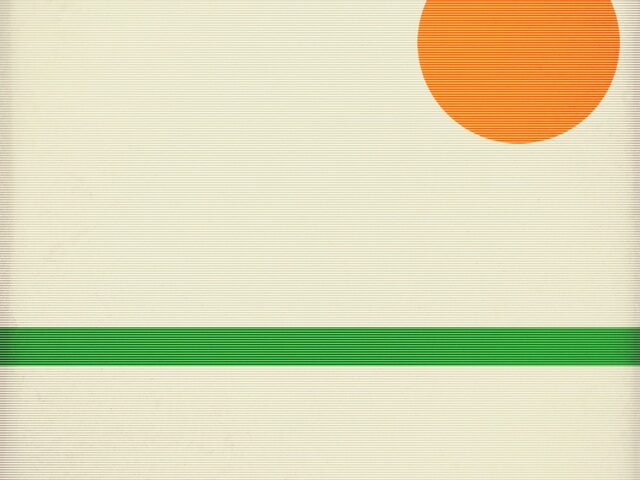
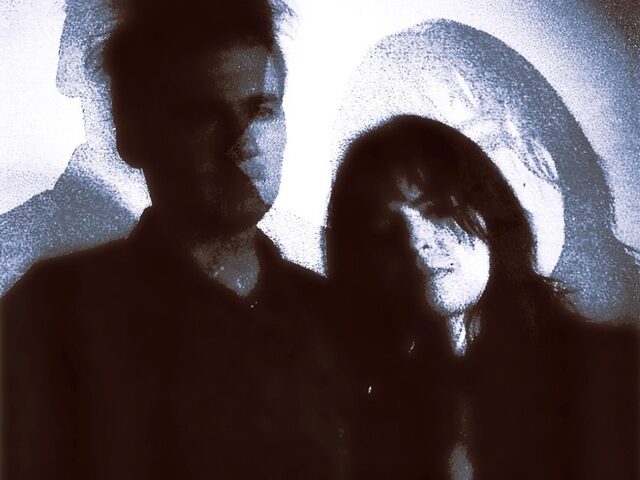
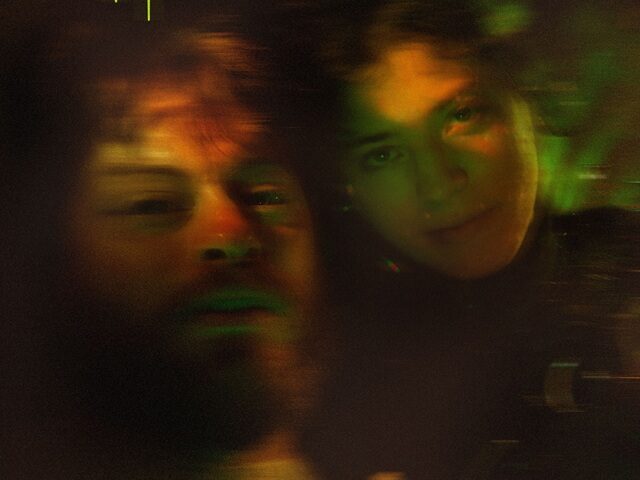
Dig the sounds, different like a breath of fresh air. Good stuff.
I’ve seen these guys at the last two Walnut Valley Festivals in KS and I can say they are one of the best bands touring! Not only is their music fascinatingly innovative, but they put on one of the most entertaining shows I’ve seen.